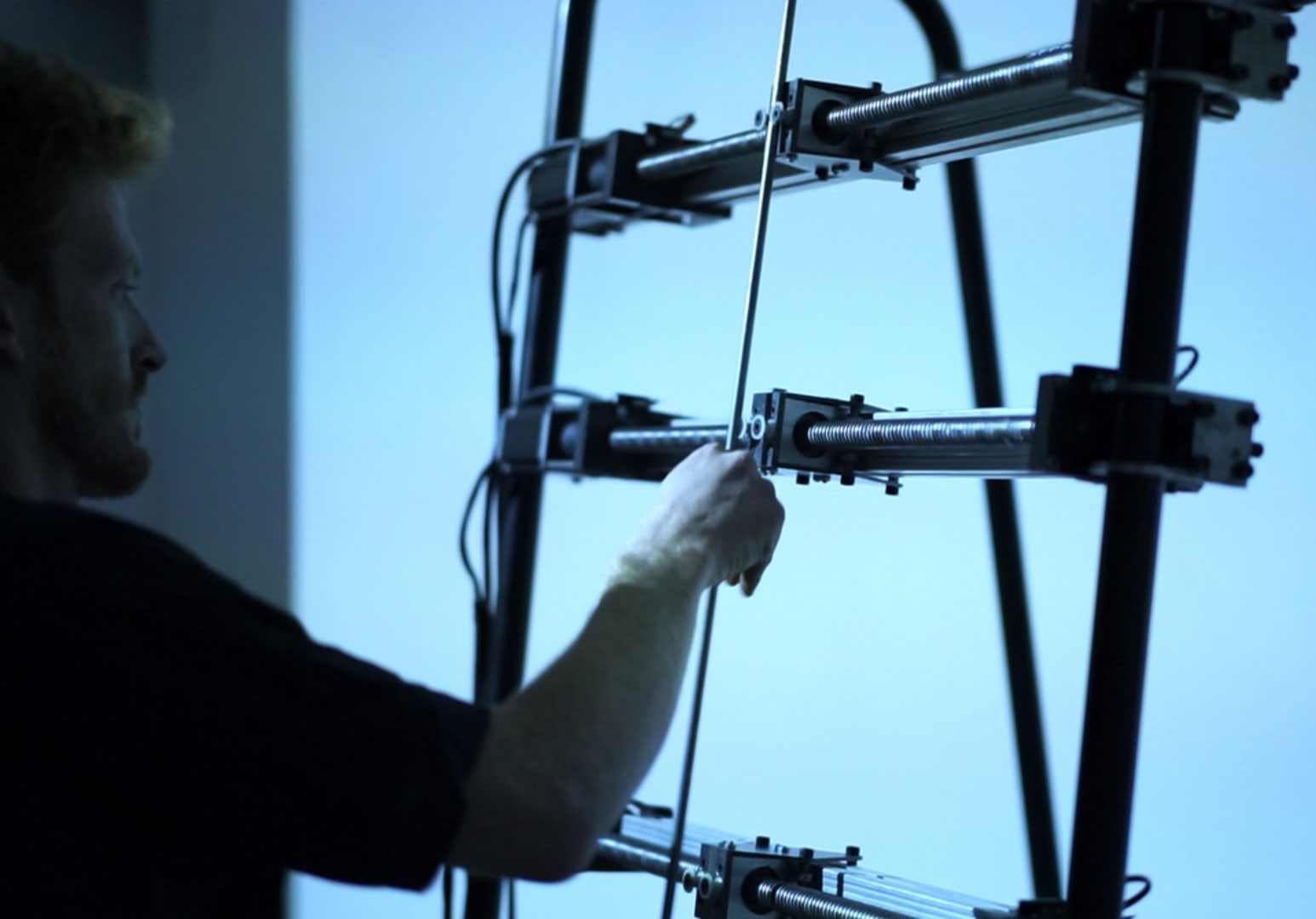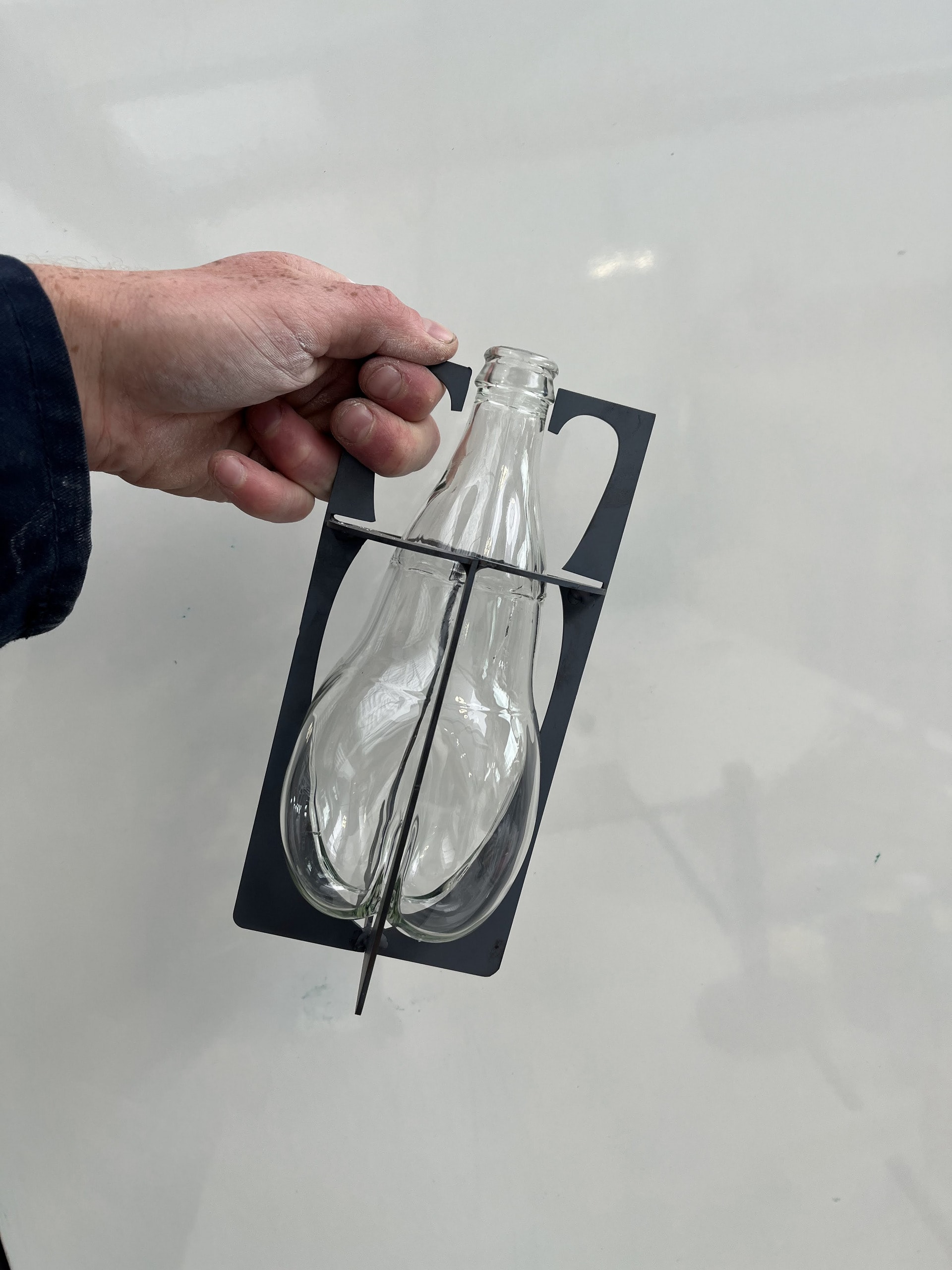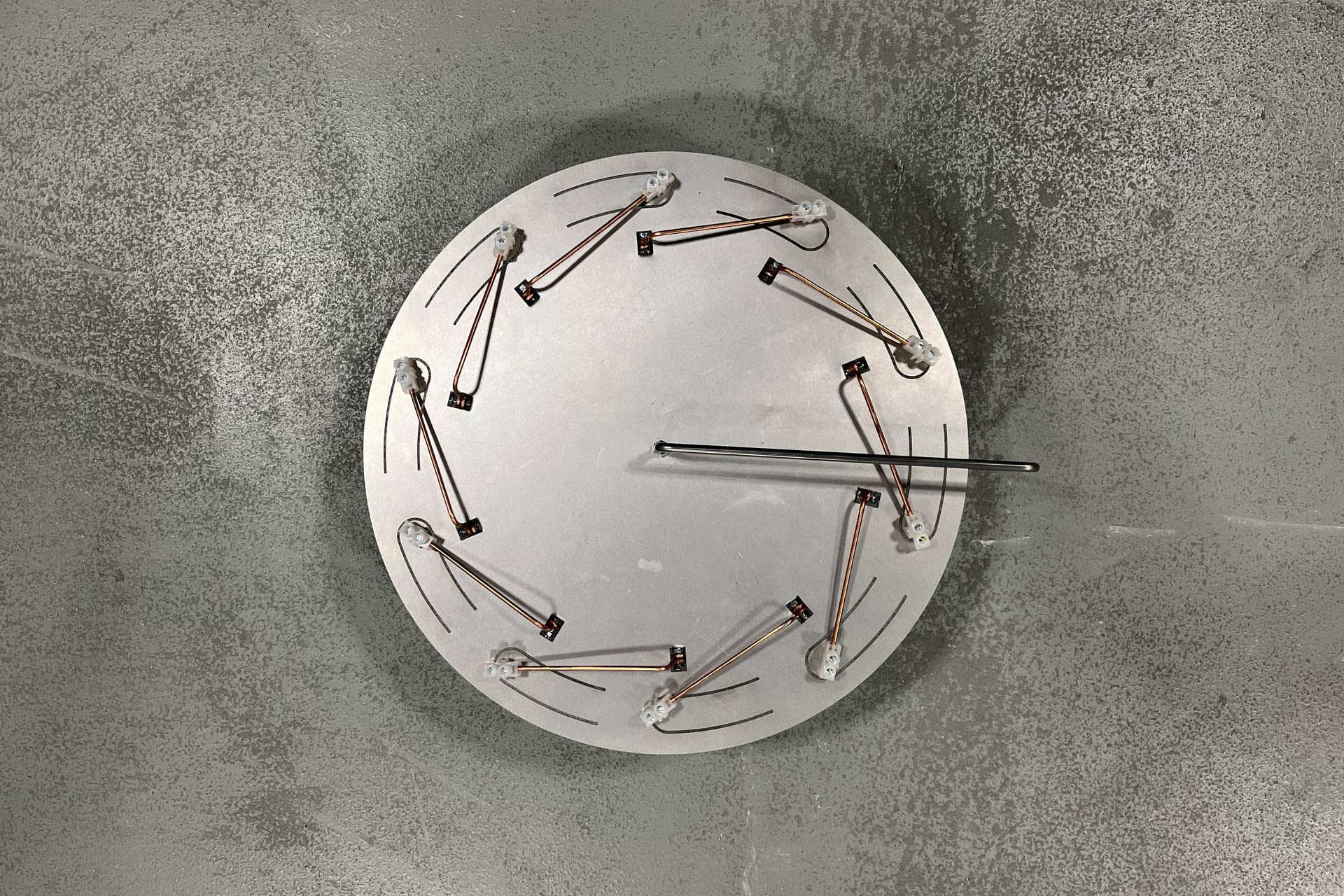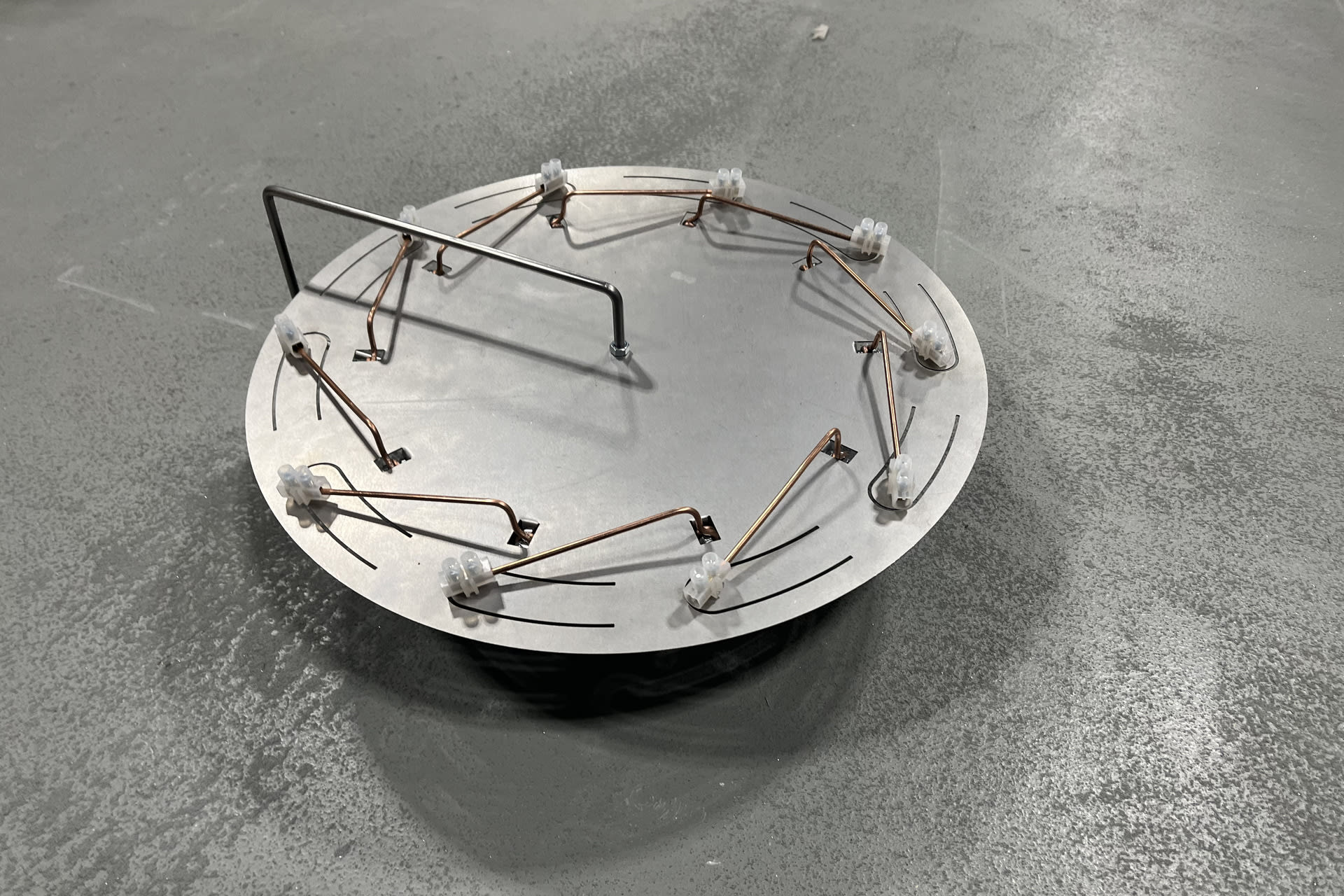Kamea Devons (1991) is an Israeli Designer who recently graduated from the Royal College of Art in Design Products.
In 2020, he graduated with honours from Bezalel Academy of Art and Design with a bachelor's degree in Industrial Design.
Awards & Exhibitions
(2022) Winner of Clore-Bezalel, full scholarship for master's studies at RCA
(2022) Jerusalem Design Week, group project
(2020) Completed his BA with honours
(2020) His BA graduation project, Production Floor, won the Meissler Award for Outstanding Design (with Adi Kofman)
(2020) Exhibitor at the Spectrum Safra Art event at the Jerusalem City Hall.
(2018) 3rd place in Kinder-Bezalel competition for toy design for Kinder surprise eggs.
(2017) Bicycle exhibition 2X200, Group exhibition at the Jerusalem Science Museum.





































